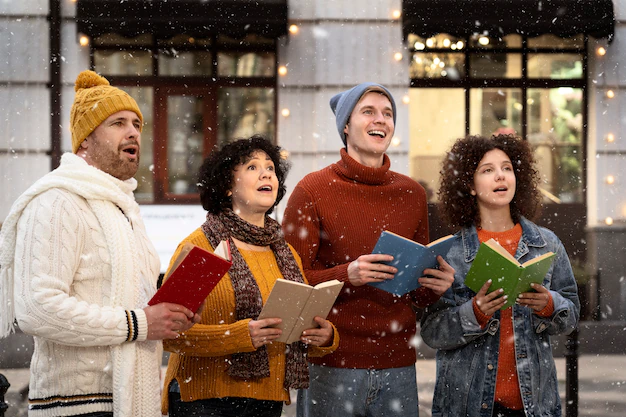Songs: Part 2

3- The drum boy: It is a ver famous Christmas carol that tells the story of a little boy who earns his living with his little drum and, in fact, that is the gift he brings to the newborn Jesus. An endearing song that singer Raphael brought to Spanish-speaking fame in the 1960s. 4- Sleep and don't cry: Generation after generations grandparents and parents have interpreted this carol as a Christmas lullaby to put their children and grandchildren to sleep. Many are the adults who today remember him. 5- Pull up little donkey: Raise your hand if you don't know this Christmas carol with your eyes closed. It is one of the most classic Christmas songs, but if there is still someone at home who does not know it, it is time to learn it!








